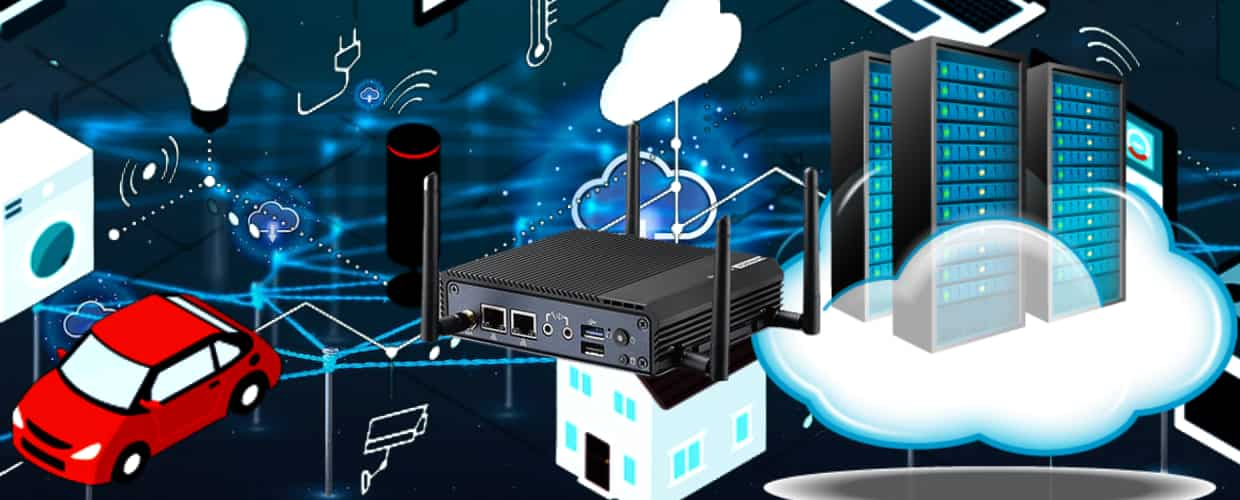The rapid growth of connected devices has enabled us to control our homes, monitor our health, and even automate our factories. The complexity of managing and securing these devices has created a need for new technology, such as IoT Gateways.
What does IoT Gateway do?
An IoT Gateway is a device that bridges the local IoT network and the cloud. The Internet of Things (IoT) has rapidly transformed how we live, work, and interact with technology. The Gateway provides a secure and reliable way to connect IoT devices to the internet, enabling seamless communication between them and remote servers.
IoT Gateways also serve as a central point for managing the devices connected to them, allowing users to configure, monitor, and troubleshoot their devices from a single interface. The Gateways act as a security buffer, encrypting data as it travels between the IoT devices and the cloud. It protects sensitive information such as user credentials, personal data, and financial information.
Enable Secure Communication
One of the most significant benefits of IoT Gateways is their ability to enable secure communication between devices and the cloud. IoT devices are notoriously vulnerable to security threats, as they are often designed with limited processing power and memory, making it difficult to implement robust security protocols, leaving them vulnerable to attacks such as data breaches, malware, and denial-of-service (DoS) attacks.
The Gateways also provide a range of other benefits. For example, they can help to reduce network congestion by filtering out irrelevant data, ensuring that only important information is sent to the cloud. It reduces the bandwidth required to transmit data, which can be particularly beneficial in environments where bandwidth is limited or expensive.
Simplify Management and Enable Local Processing
The Gateway helps to simplify the management of IoT devices, and it can act as a central point for device configuration, monitoring, and troubleshooting, allowing users to manage their devices from a single interface, particularly in environments with large numbers of devices, where manual management of each device would be time-consuming and error-prone.
IoT Gateways enable the local processing of IoT data, which is particularly useful in environments where real-time data processing is required, such as industrial automation. By processing data locally, the Gateways can reduce latency and improve the overall performance of the IoT system.
Challenges of IoT Gateways
Despite the benefits of IoT Gateways, some challenges are associated with their implementation. One of the biggest challenges is interoperability – ensuring the Gateways are compatible with various devices and communication protocols. It can be challenging in environments with legacy devices, where compatibility issues may arise.
Another challenge is ensuring that IoT Gateways are scalable and can handle large numbers of devices. As IoT networks continue to grow, it is essential that the Gateways can keep pace with the demands placed on them. It is important to design carefully and test to ensure IoT Gateways can scale effectively.
Conclusions
IoT Gateways play a critical role in the management and security of IoT networks. They enable seamless communication between devices and remote servers by providing a secure and reliable way to connect devices to the cloud.
Implementing the Gateway can be challenging, particularly in environments with legacy or large numbers of devices. As IoT networks continue to grow, IoT Gateways must be designed and tested to ensure they can scale effectively.
Read: Top microchip providers in 2023
ADDITIONAL NOTICE: Visit TechGolly.com to stay informed about technology news, discussions, trends, advice, opinions, directories, insights, and markets. TechGolly covers a wide range of the latest technology news, including business news, product news, stock market news, future tech news, and research news.


